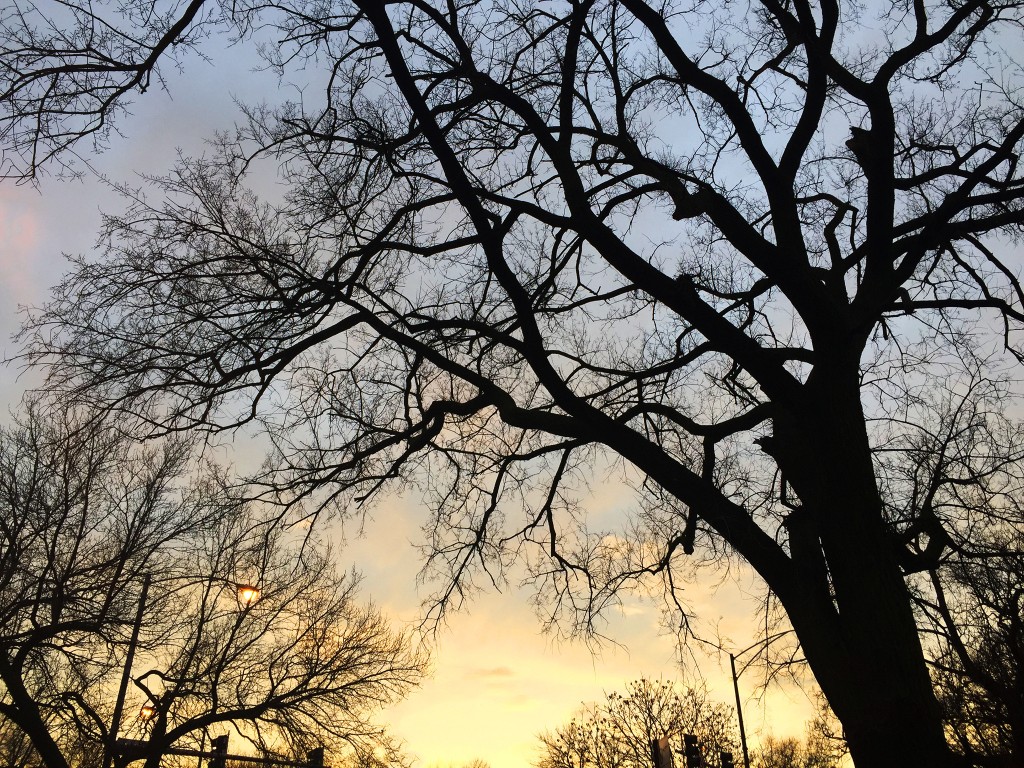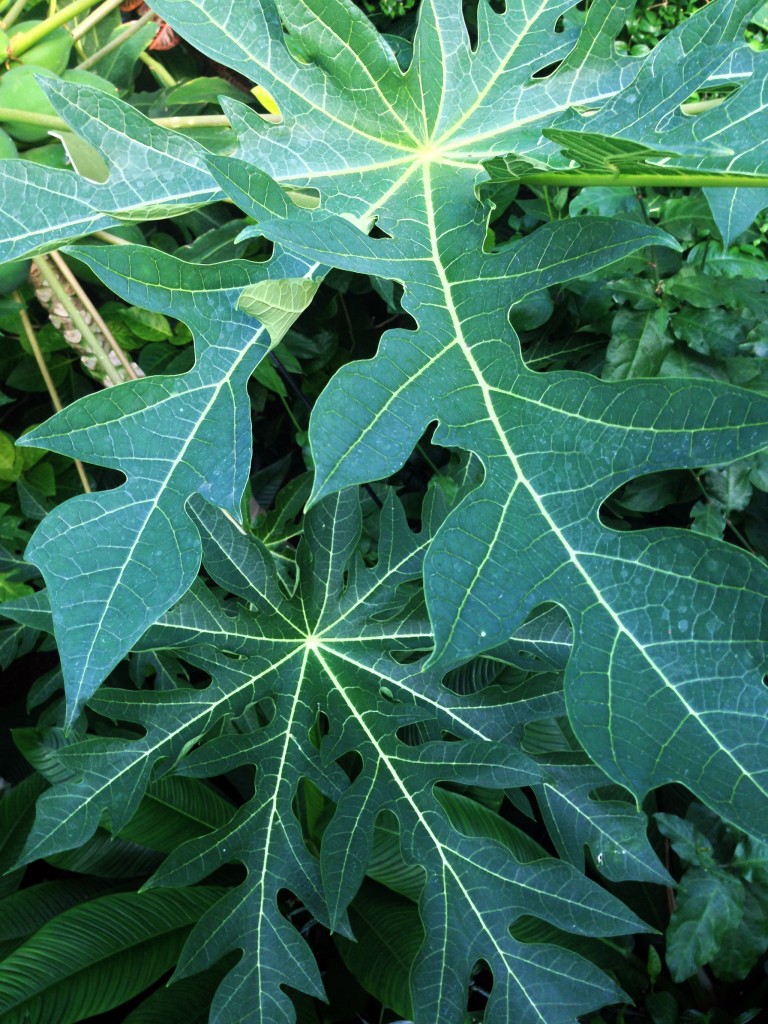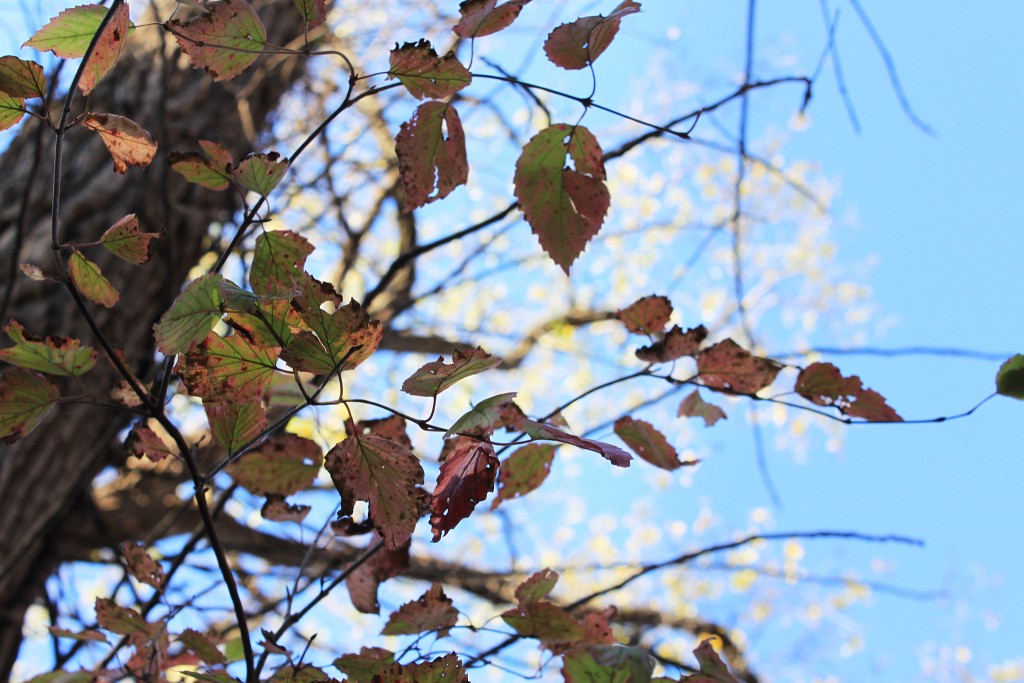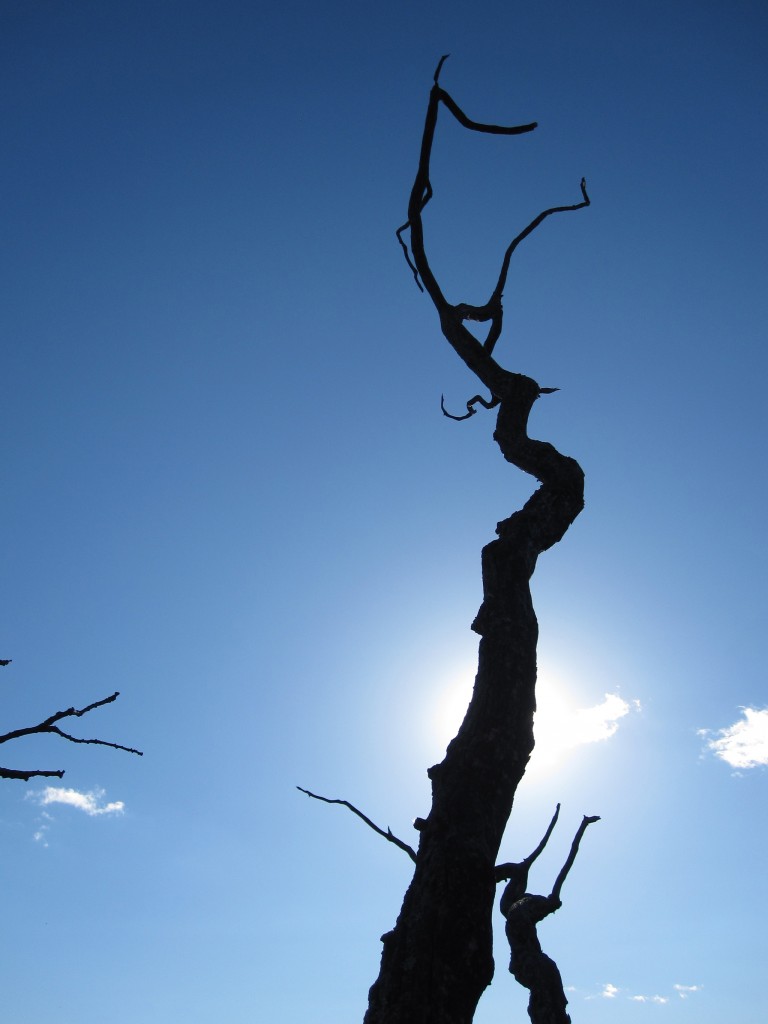Waiting for Winter
The day after the winter solstice — the shortest day of the year and the official start to winter — we watched a torrential downpour gush from our roof and splash soil and last summer’s coriander seeds all over our porch. An hour later, sunshowers. And an hour after that, a brilliant blue-orange sunset lit up all the west-facing greystones. That night, great gusts of wind shoved against our rickety double-paned windows and bowed huddles of basswood trunks. After midnight, when the winds died down, a heavy gray mass of clouds settled over the pitch navy sky, the ordered shades of flint, smoke, and blue slate hovering in their places.
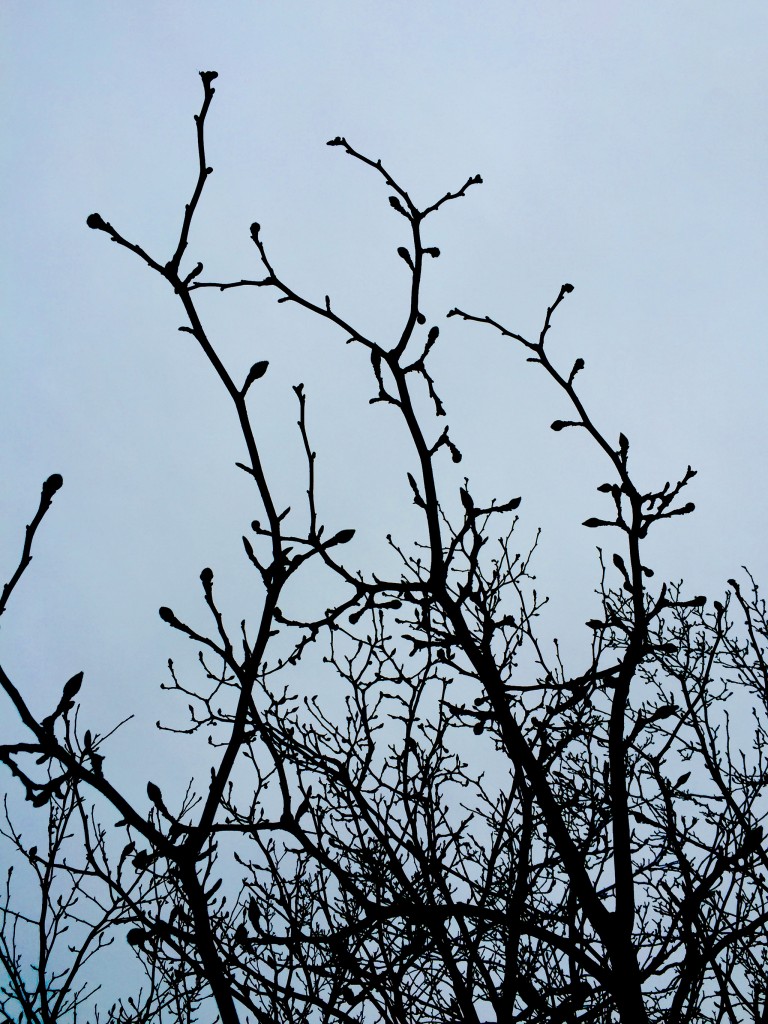
The transitions from season to season are typically manic here, except for winter. It grabs hold of fall, strangling its leaves and burying them in feet of sooty snow and black ice. It announces its arrival loudly, and then marches on through the months, bleeding deep into spring, delaying the bulb sprouts and the return of sun and warmth. It’s the season that’s the most reliable. The most real.
But this year, it’s in hiding. It snowed twice, and melted twice. And now the mercury can’t even drop below freezing. It’s been damp and gray, and then bright and dry. The magnolias have started to bud and a bright red cardinal has taken up residence in the tree behind our house. Why fly all the way south? Chicago is the new Baton Rouge.
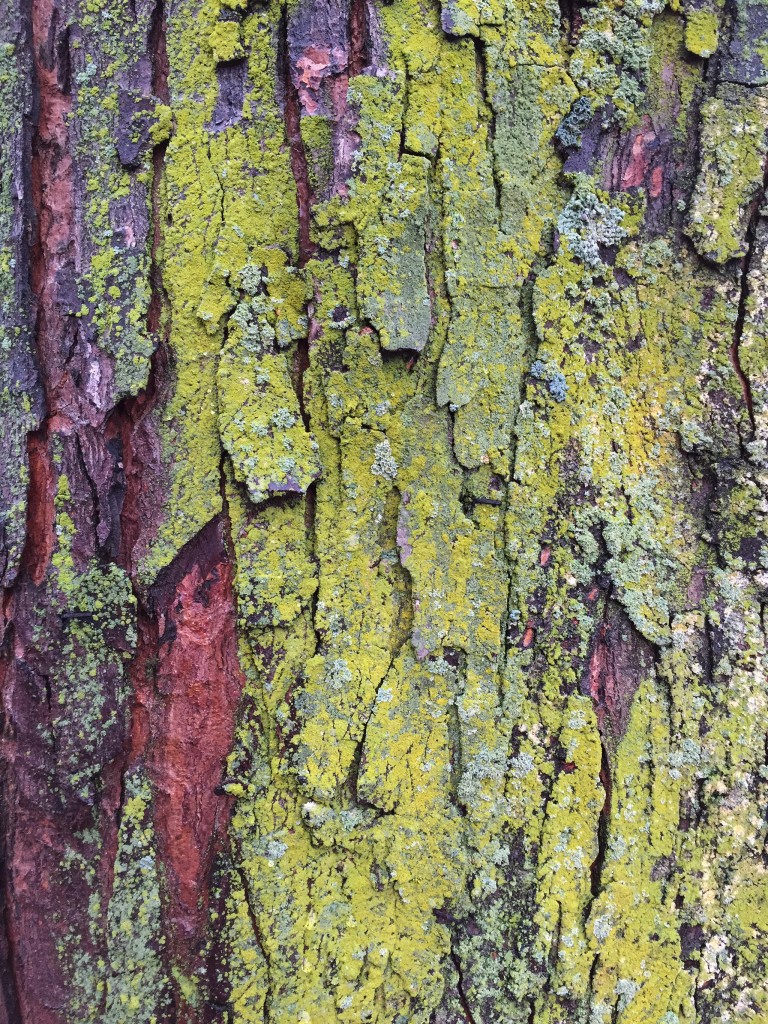
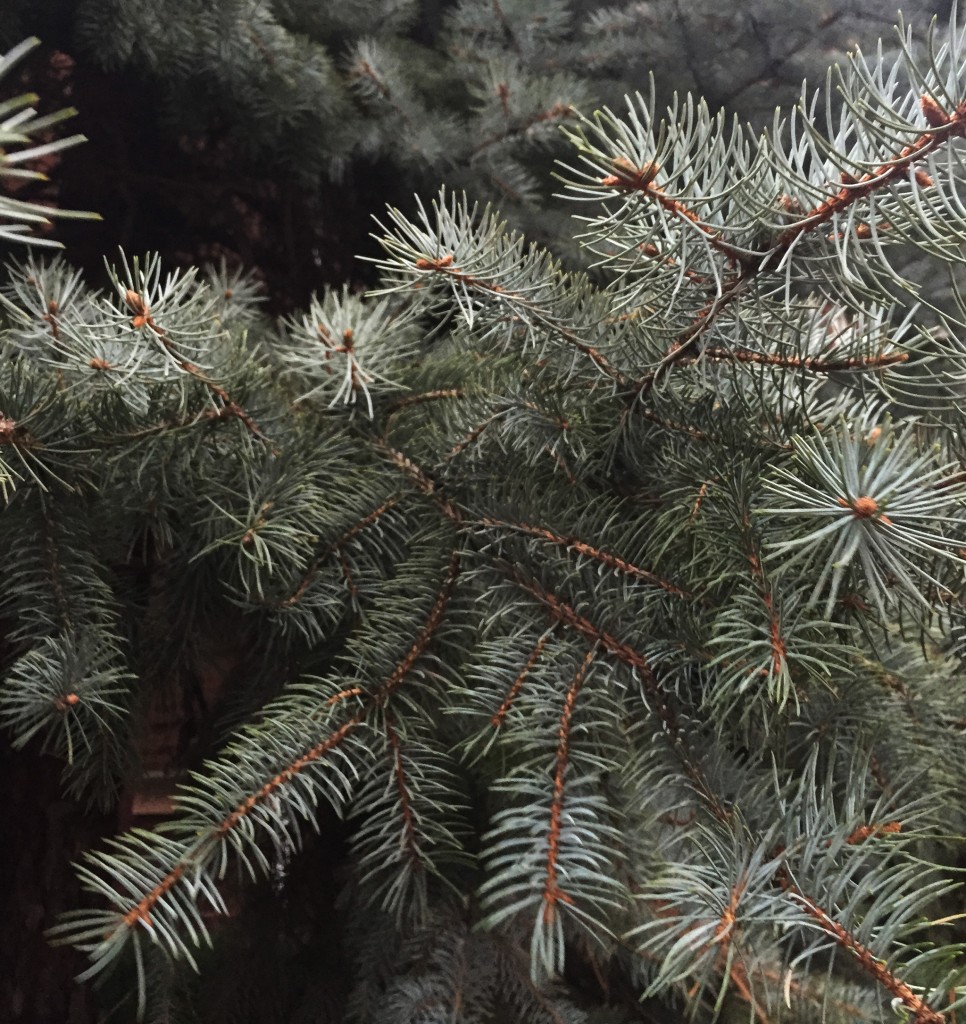
This false spring has got us all confused. What will happen to the plants that have been lulled from their dormancy by the increasingly moody climate? When — and I never imagined myself asking this question — will winter get here? While I may not think I particularly benefit from the cooling and slowing of this season, the plants definitely need it. They need the pause, the deep sleep before they can grow again, with renewed vigor below a strengthened sun.
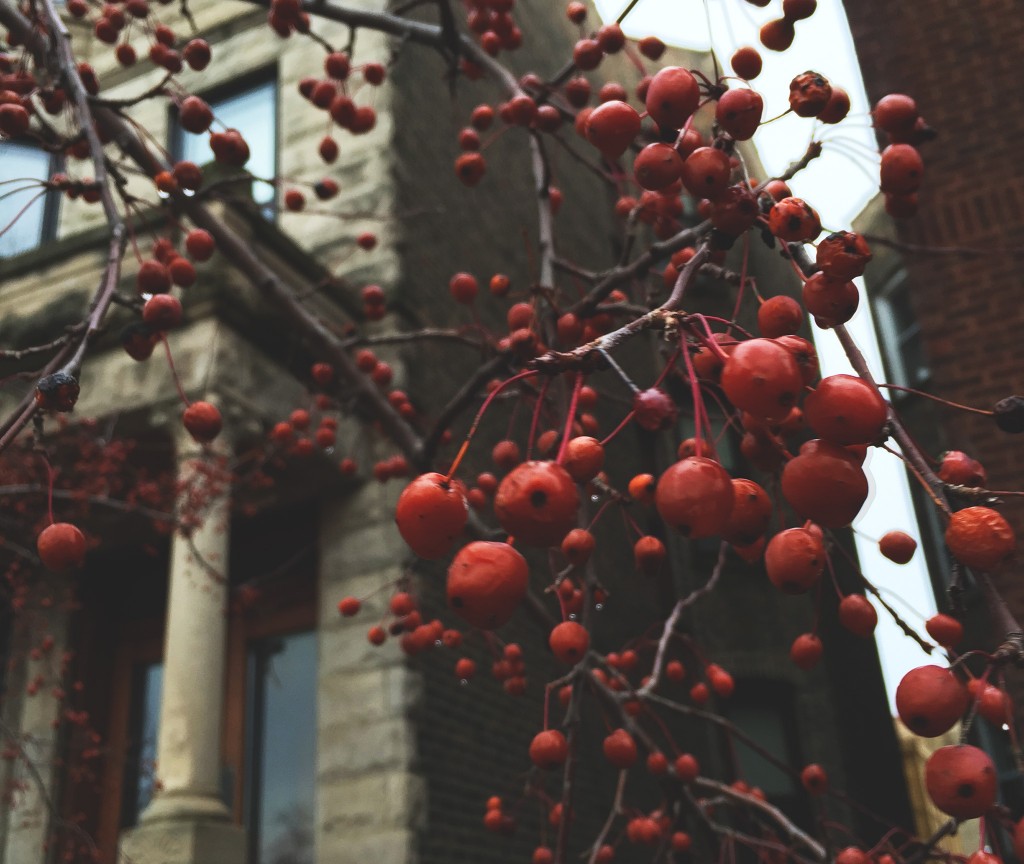
So we’ll continue to wait for winter. We’ll continue to look for it behind every temperature drop and howl of wind. And we’ll continue to festoon our homes with evergreen boughs and reminisce the days long ago when snow stuck and daffodils didn’t bloom in November.
